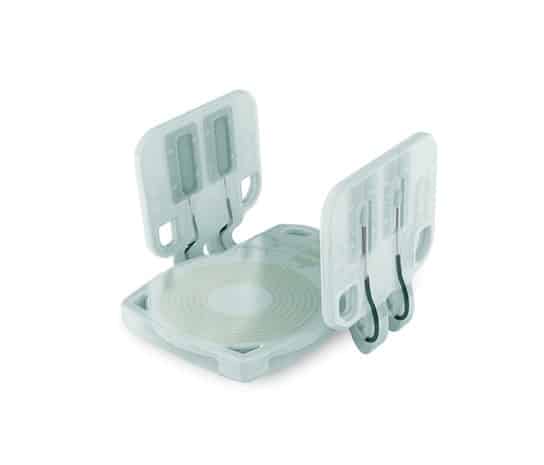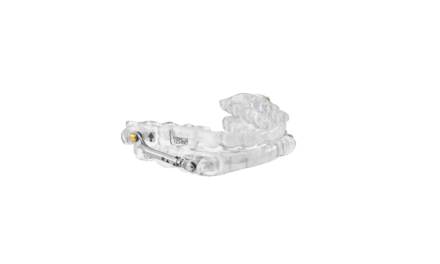Data demonstrating the benefits and safety of Nyxoah SA’s Genio hypoglossal nerve stimulation system implantation technique for the treatment of obstructive sleep apnea (OSA) have been published in Laryngoscope Investigative Otolaryngology.
The Genio system, which has received CE mark approval in Europe and is investigational in the United States, offers bilateral stimulation of the hypoglossal nerve branches, which the company states may lead to potentially greater airway opening than implants that comprise a cuff electrode wrapped around the hypoglossal nerve.
This study describes the surgical implantation of the Genio nerve stimulator, which involves one incision in the chin area and no internal battery.
The recently completed clinical study (the BLAST OSA study) also provides evidence as to the acceptable safety profile and the therapeutic benefits of the Genio system.
Lead author Richard Lewis, MBBS, FRACS, head & neck surgeon, says in a release, “Unlike other commercially available devices for OSA, which involve multiple incision sites, the Genio system only requires a minimal surgical procedure, with one incision site beneath the chin. The results from the BLAST OSA study have been very encouraging, and the bilateral stimulation of the hypoglossal nerve, which is unique to the Genio system, may provide a therapeutic advantage over unilateral stimulation. We are already well into our next, larger clinical study which is being conducted in Australia and New Zealand, and I look forward to continuing to support the company with the development and improvement of the Genio system for the benefit of OSA patients worldwide.”
Robert Taub, co-founder and executive chairman of Nyxoah, says, “We are pleased to announce the publication of these data demonstrating the safe implantation technique and therapeutic benefit of our Genio system. Following the recent positive outcomes of the BLAST OSA study, on which our CE Mark registration is based, we will continue to build a strong body of evidence to continue to support the positive results seen so far.”




